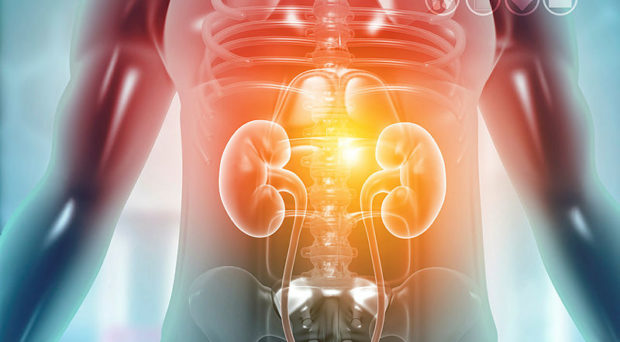
With the number of potential kidney transplant recipients exceeding available organs, there is a tremendous focus on reducing discard rates of allografts and increasing the number of live donors. In the US, there are 107,000 individuals on the wait list for kidney transplant with about 30,000 transplants performed annually in the US. Worldwide about 95,000 kidney transplants were performed with the majority occurring in North America and Europe. There has been a parallel initiative to promote the option of transplantation through education and awareness campaigns. These programs are needed to support the overall goal of availability of transplant for those that are medically eligible recipients. Since transplant is a such a limited resource, equally important to closing the gap of people wait-listed for transplant and availability of allografts should be work on preserving/prolonging allograft survival.
Polyoma virus BK Nephropathy (PVBKN) is a challenging issue in transplant. While PVBKN has an incidence of less than 10% of transplant recipients, it can lead to significant graft loss through rejection episodes and difficulty in clearing the virus https://doi.org/10.1111/ajt.14314. Early detection of the virus can provide a window for reduction of immunosuppression and possible use of antiviral agents to allow for allograft preservation.
Nili et al. in a recently published study looked at the use of immunohistochemistry studies of biopsies to enhance the diagnosis of PVBKN, Histopathologic evaluation, the gold standard, detects nuclear viral inclusion bodies. The addition of immunohistochemistry staining for SV40 picked up additional cases of PVBKN not noted to have the classic pathologic changes. These cases were hypothesized to be identified earlier in the evolution of the PVBKN.
Noninvasive testing has not provided a consistent reliable means for diagnosis as the degree of viremia and viruria may not correlate with disease. Given that most cases of allograft dysfunction will be evaluated by renal biopsy and the addition of the immunohistochemistry staining for SV40 is widely available and low cost, this seems an approach that should be adopted by transplant centers as routine. This may be more feasible than surveillance of screening for viruria or viremia for many years as there is the potential for PVBKN many years post transplantation. Another key factor to keep in mind is that many transplant recipients may not be followed by transplant nephrologists or transplant centers for routine care and may not be getting surveillance screening of blood and urine due to cost or availability of resources. The ability for early diagnosis and intervention to help preserve allograft function even for a few cases would be valuable for long term allograft preservation. This study highlights the need to continue efforts toward improving allograft survival and identify cost effective interventions that can readily be incorporated by many centers. Ongoing dissemination of best practices is another key part of the improving care.
Comments